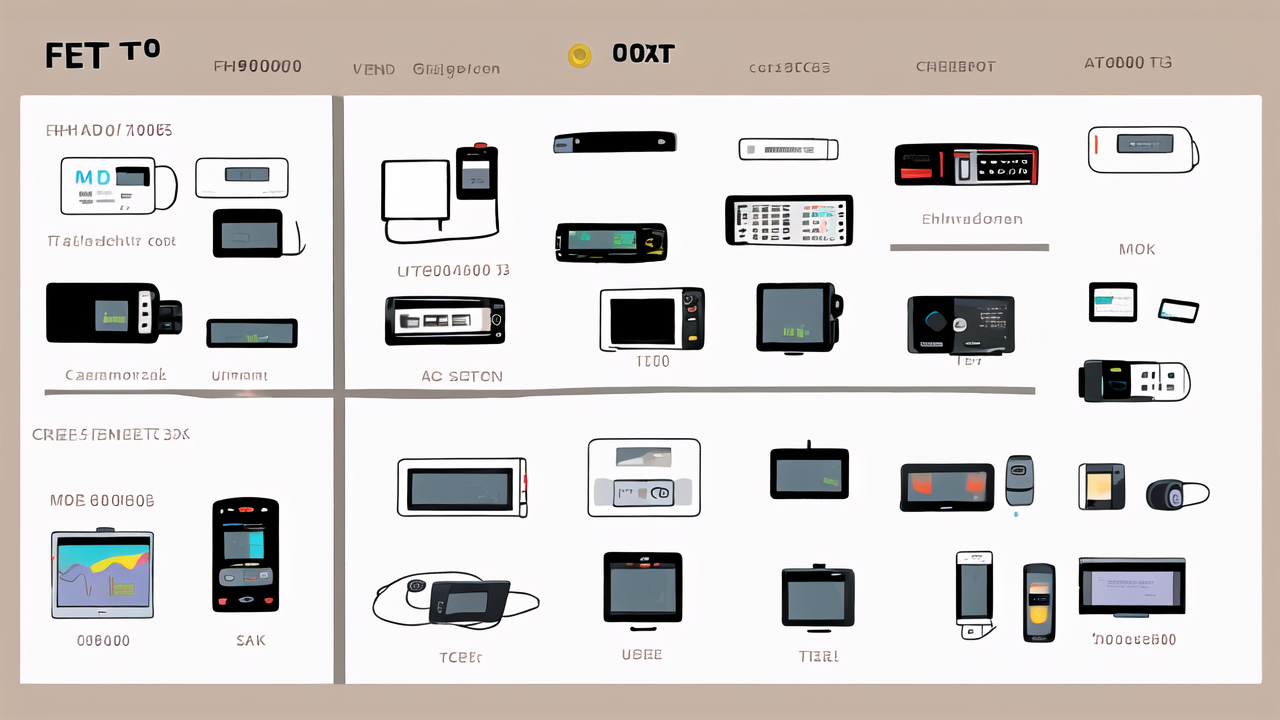Understanding the Importance of Reliable Communication in a Crisis
The role of radios in emergency response
Radios play a crucial role in emergency response. They provide a lifeline when other forms of communication fail. In crises, walkie-talkies enable quick and direct contact between responders. They work without cell towers or internet, making them reliable in disasters.

Walkie-talkies allow for real-time updates and coordination. This is vital for rescue teams and emergency services. They can share info about dangerous areas or trapped people. Radios also help in organizing relief efforts and resource distribution.
For civilians, walkie-talkies offer a way to stay connected with family and neighbors. They can call for help or share important safety information. In emergencies, these devices become more than just gadgets. They become essential tools for survival and community support.
Challenges in maintaining communication during power outages and natural disasters
During disasters, normal communication channels often break down. Power outages can knock out cell towers and internet services. This leaves many people cut off from vital information and help.
Natural disasters like hurricanes or earthquakes can damage infrastructure. This makes it hard to reach emergency services or loved ones. In such times, battery-powered radios become invaluable.
However, using walkie-talkies effectively in emergencies has its challenges. Limited range can be an issue in large-scale disasters. Interference from buildings or terrain can affect signal quality. Users must also know how to operate the devices properly under stress.
Battery life is another concern during extended power outages. Having backup power sources or rechargeable options is crucial. Despite these challenges, walkie-talkies remain a reliable option for emergency communication.
Key Features to Look for in Walkie-Talkies for Preparedness
Durability and dependability in harsh environments
When choosing walkie-talkies for emergencies, durability is key. The devices must withstand harsh conditions. Look for radios with rugged construction and water-resistant features.

Shock-proof casings protect against drops and impacts. This is important in chaotic situations. Water-resistance helps in rainy or flood conditions. Some models offer full waterproofing for extreme scenarios.
Dust-proof designs are useful in areas prone to sandstorms or wildfires. Check for radios with IP ratings. These indicate levels of protection against solids and liquids. Higher ratings mean better protection in tough environments.
Reliable performance in extreme temperatures is also crucial. Some walkie-talkies work well in both hot and cold conditions. This versatility is valuable for different emergency situations across America.
Battery life and recharging capabilities
Long battery life is essential for emergency walkie-talkies. Look for devices that can last several days on a single charge. Some models offer 12 to 24 hours of continuous use.
Rechargeable batteries are convenient for long-term use. They save money and reduce waste. However, also consider radios that can use standard batteries. This provides a backup option when recharging isn't possible.
Solar-powered chargers or hand-crank options add versatility. These allow for charging without electrical outlets. Some radios come with multiple power source options. This flexibility is valuable in prolonged emergencies.
Battery-saving features like auto-power off can extend use time. Low battery alerts help users manage power effectively. Choose radios with clear battery level indicators for better planning.
The presence of NOAA weather channels and emergency alerts
NOAA weather channels are a crucial feature for emergency walkie-talkies. These provide real-time weather updates and alerts. This information is vital for safety and planning during disasters.
Look for radios with automatic NOAA weather scanning. This feature ensures you don't miss important alerts. Some models allow you to set specific area codes for localized warnings.
Emergency alert systems in walkie-talkies can save lives. These broadcast warnings about imminent dangers. Alerts may include natural disasters, civil emergencies, or other threats.
Some advanced models offer customizable alert tones. This helps users distinguish between different types of warnings. Ensure the radio has a loud, clear alarm to draw attention in noisy environments.
Top Picks and Recommendations for Preparedness Walkie-Talkies
Comparing top-selling models and their suitability for different users
When selecting walkie-talkies for emergency preparedness, several models stand out. Each caters to different needs and user types. Here's a comparison of top-selling options:

- Midland GXT1000VP4: Ideal for families and casual users. It offers good range and NOAA weather alerts.
- Motorola T260TP: Great for budget-conscious buyers. It provides basic features with reliable performance.
- BaoFeng UV-5R: Popular among tech-savvy users. It offers advanced features but requires some learning.
- Cobra ACXT1035R FLT: Suitable for outdoor enthusiasts. It has rugged design and long range.
Consider your specific needs when choosing. Factors like ease of use, range, and extra features matter. Some models are better for urban settings, while others excel in rural areas.
Professional review of the best radios for emergencies
Experts recommend certain features for emergency radios. These include:
- Dual power sources (battery and hand-crank)
- NOAA weather alert functionality
- Long battery life
- Rugged, water-resistant design
- Clear audio quality
Top-rated models often include:
- Motorola Talkabout T800: Praised for its reliability and smartphone connectivity.
- Midland ER310: Offers multiple power options and emergency features.
- Uniden SX377-2CKHS: Known for long range and clear transmission.
These radios balance functionality, durability, and ease of use. They perform well in various emergency scenarios.
Cost-benefit analysis of investing in quality walkie-talkies
Investing in quality walkie-talkies for emergencies is wise. While initial costs may be higher, the benefits outweigh the expense. Here's a breakdown:
Pros:
- Reliable communication during crises
- Long-term durability saves money over time
- Enhanced safety for family and community
- Multi-functional use (emergencies, outdoors, work)
Cons:
- Higher upfront cost compared to basic models
- Learning curve for advanced features
Quality radios often range from $50 to $200 per pair. This investment can last years with proper care. Cheaper options may fail when needed most, costing more in the long run.
Consider the potential cost of being without communication in an emergency. The peace of mind and safety provided by reliable walkie-talkies is invaluable. For most, the benefits of quality emergency radios far exceed the initial investment.


